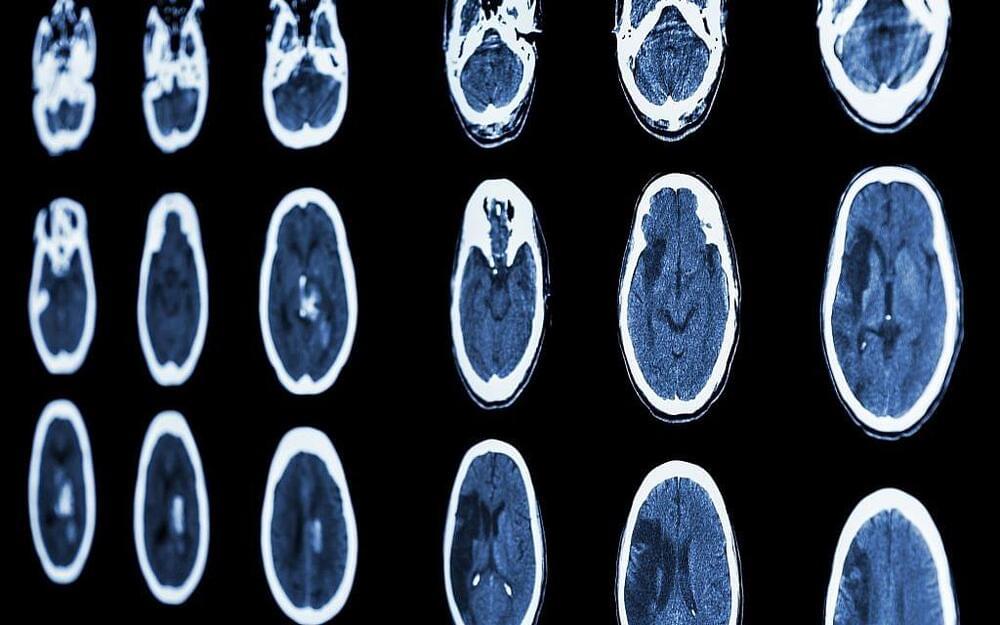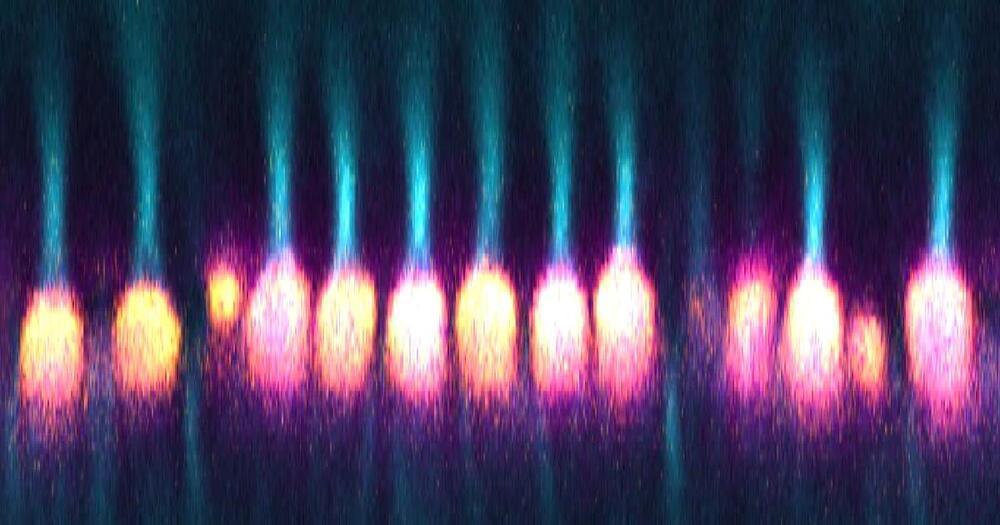Ready for what’s next? Watch our Unreal Engine 5 sizzle reel for a glimpse at what’s now possible with real-time technology.
With Unreal Engine 5, we aim to empower both large and small teams to really push the boundaries of creativity, visually and interactively. UE5 will enable game developers and creators across industries to realize next-generation real-time 3D content and experiences with greater freedom, fidelity, and flexibility than ever before.
Want to learn more about Unreal Engine 5? Download the release for free, and explore the new features, sample projects, and learning resources: https://www.unrealengine.com/en-US/unreal-engine-5
#UnrealEngine5 #UE5 #RealTimeTechnology #3DContent #Creators #GameDevelopers







